Whatever your feelings about the man, you can not deny that H.P. Lovecraft is an important element of the horror canon and has influenced the genre in ways that will make you unable to scream in terror. His work is based on the idea of Cosmicism, which holds that humans are so unimportant in the grand scheme of things that our very presence should terrify us.
It is one of the reasons why a perfect cinematic adaptation of his work is so difficult to come by, but Sean Branney and Andrew Leman have done an excellent job of capturing the soul-chilling essence of Lovecraftian horror in their works. However, video games are the ideal way to experience the kind of insanity-inducing, eldritch fear that distinguishes Lovecraftian fiction.
You become a part of the experience when you pick up the controller and immerse yourself in the world that the developers have built, which is both wonderful and terrifying. Some of the most accurate renderings of the repercussions of being in Lovecraft’s twisted universe can be found inside gaming consoles, and we are here to talk about the ones that have kept us up at night on numerous occasions. The Top 10 Lovecraftian Video Games are listed here.
The Sinking City (2019)
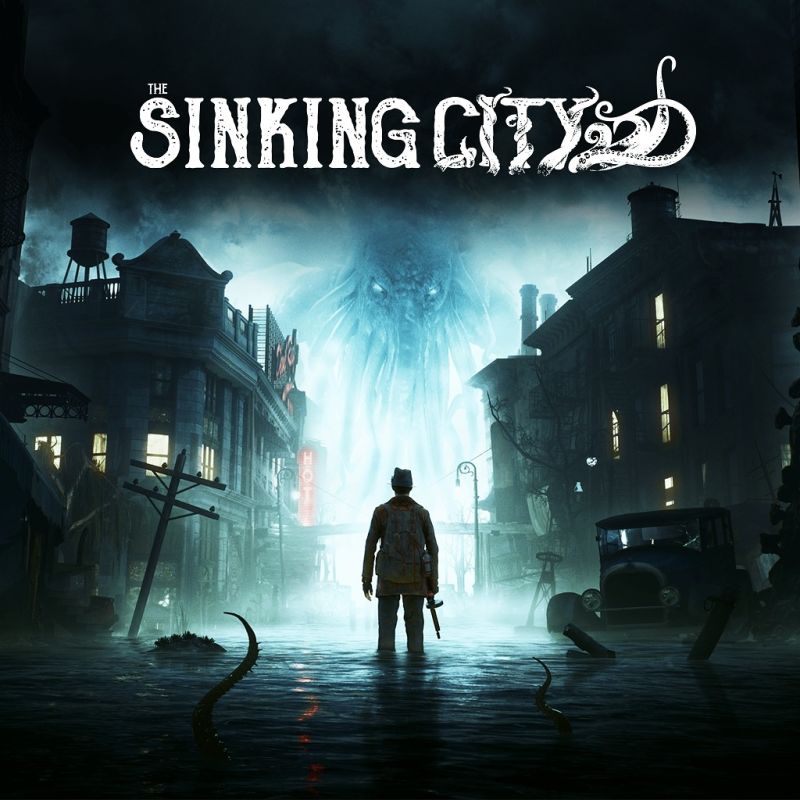
You know a game is truly Lovecraftian when the in-game currency is bullets and you have a sanity bar to keep your character’s mental stability in check. Ukrainian studio Frogwares has helmed some of the best detective games in recent memory with their fantastic work on the Sherlock Holmes titles. The Sinking City continues its legacy of creating top-tier private eye experiences and adds a layer of cosmic horror that would make Lovecraft proud. Charles Winfield Reed is a U.S. Navy and World War I veteran who became a private investigator after the disappearance of the U.S.S Cyclops, the naval vessel he used to serve on.
Ever since then, he’s been plagued by nightmarish visions that are somehow linked to the obscure fishing town of Oakmont, Massachusetts, and the inexplicable flooding incident that has struck the city. He’s given a chance to solve both mysteries when a seemingly benevolent intellectual called Johannes van der Berg invites him to Oakmont to unravel the city’s darkest mysteries. What set it apart for us immediately was the depressingly gloomy town of Oakmont itself. Frogwares pulled a book out of Ubisoft’s page and generated the city’s design on the Unreal 4 Engine through procedural generation.
It resulted in a gorgeous yet morose, era-accurate open-world setting that is the perfect visual backdrop for a Lovecraftian game. The game focuses a lot on gameplay immersion through accuracy, referencing Lovecraft’s work and real-life mysteries directly; such as the Innsmouth refugees or the real-life disappearance of the U.S.S Cyclops, one of the largest naval non-combat troop losses in modern history. The flooding mechanic makes traveling unique because while you can swim, the waters are infested and it will cost you a lot of health and sanity. This makes discovering the 7 districts of Oakmont that much more sinister.
Frogwares’ signature Mind Palace feature is included here, and detecting is upgraded with a “sixth sense” mechanic that gives Charles Reed temporary precognition, allowing him to “see” the crime play out in real-time. But that’s about all you can expect in terms of “help” because this game is tough to break, even on normal difficulty. You can spend hours trying to connect the dots but if you don’t consider all possibilities and aren’t aware of every piece of information there is, you’re going to miss the big picture 9 times out of 10.
And did we mention that you lose sanity every time you wrack your brains? Sure, the game is time-consuming and its gameplay mechanics leave a lot to be desired, but it manages to carry its weight off the strength of its impeccable story and sheer aesthetic.
We are yet to see a better depiction of in-game insanity and the bad ending scenario cutscene is something we would like to forget, real quick. The Sinking City is not a perfect game, but it is one of the only games out there that has managed to truly capture the cosmic lunacy of Lovecraftian literature and is something we would encourage every Lovecraft die-hard to get their hands on, ASAP.
World of Horror (2020)
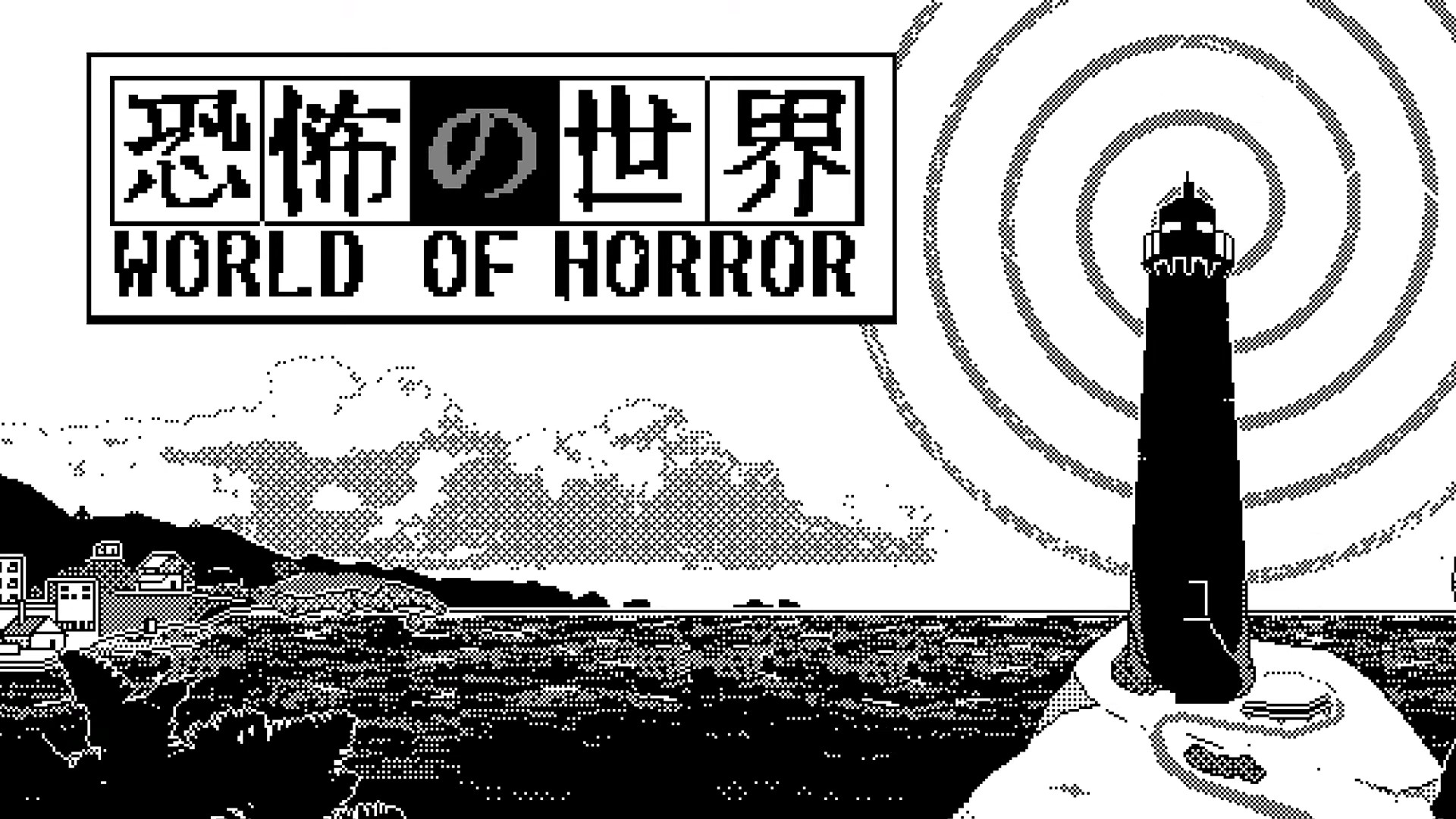
If you tell us that you haven’t chosen every depraved, twisted option of an RPG play-through to get to the worst possible ending at least one in your life, then we’re going to show you a liar. There’s something so sadistically satisfying about seeing your character go through literal hell in some cases only to come out broken beyond repair. 2020’s World of Horror starts you off a broken mess and then pummels the shards with each choice it asks you to make.
Set in the town of Shiokawa, Japan, it compiles the creations of some of the foremost authorities on weird horror like Kazuo Umezu, Junji Ito, and H.P. Lovecraft and throws you in their midst in a doomed attempt at survival. How doomed? Well, the game has a Doom meter and every time you max it out, another Elder God gets released, so we’d say that every step matters; literally.
It swaps out a linear narrative for an incredibly layered anthology that plays out across various locations in Shiokawa and pulls directly from the material of the aforementioned pioneers: like a popular ramen shop with a sinister secret, a best friend suddenly obsessed with eels, a ghost with scissors stalking the local school, you know? the works. Players must select one character and then “investigate” these locations for strange happenings while conserving their Stamina & Reasoning, fending off delectably grotesque monsters in turn-based encounters, solving mind-bending puzzles, and simply navigating through this delightful rogue-lite offering.
At no point does the 1-bit pixel art keep you from experiencing the visual grotesquery of its eldritch beasts; rather, the retro aesthetic lends itself to the apocalyptic aura of the game, narrating scary stories to you throughout your playtime in a typograph that is satisfying, unnerving and a Gothic masterpiece. Many games become quite boring when their inherent format is repetitive, but you’re seriously mistaken if you think a game called World of Horror is one-and-done.
The hour or so you dedicate to finishing this game will fly by like a fever dream, with every subsequent attempt revealing secrets that could’ve made your life easier and allowed you to survive before while bringing newer and more terrible nightmares with it. Though it is still Early Access, World of Horror’s compelling complexity and old-school feel give it Undertale-levels of potential in terms of kick-starting a retro renaissance in the gaming community.
Amnesia: The Dark Descent (2010)
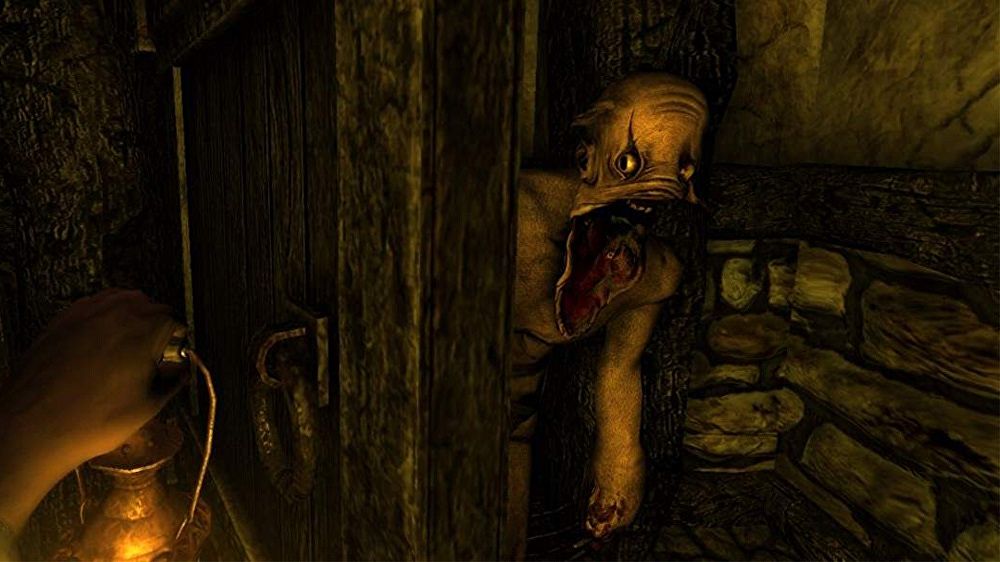
The game that broke the King of YouTube himself. One of the earliest viral PewDiePie videos was of him losing his absolute mind while playing this game, and when you put yourself in Felix’s shoes, it’s not hard to imagine why his on-camera freakouts seemed so real; because after playing Amnesia: The Dark Descent ourselves, we can confirm they were. See, most people think Lovecraft is all about tentacled monsters and many-eyed space gods who are hell-bent on driving you crazy with their cosmic presence when it really centers around one core primal fear, that we quoted at the beginning of this video: the fear of the unknown.
The most irrational yet human fear in existence is the fear of the dark, and whatever it might bring with it; it is that premise that developers Frictional Games kept in mind while creating this gothic nightmare. You wake up in the dilapidated Brennenburg Castle located in Prussia and can remember three things: your name is Daniel, you come from Mayfair, and you’re here to kill a man called Alexander.
You must navigate Brennenburg and get to your target while piecing together your life and motives and avoiding the creatures that lurk in the shadows. What makes Amnesia so effective at putting the literal fear of God in you is its gameplay mechanic: it is a true survivalist horror game where your only options are either running or hiding from your assailants. You cannot fight back, and that very idea should make you freeze in place.
Throw in an immaculate, pulsating soundtrack and some rather grim visuals and you have the perfect trigger for your natural flight response. A first-person perspective doesn’t help either; no matter how many boxes you try to stack on top of each other, a la Penumbra, there is no permanent escape from the grunts, and staying in the dark will only push you further into madness.
The story is as haunting as the actual gameplay and will leave you sick to your stomach once you’ve figured it out. At Hard Mode, every audio/visual cue that aids survival has been removed, pushing it further into Lovecraftian terror-tory and leaving one word plastered across your conscience: run.
Call of Cthulu: 2018
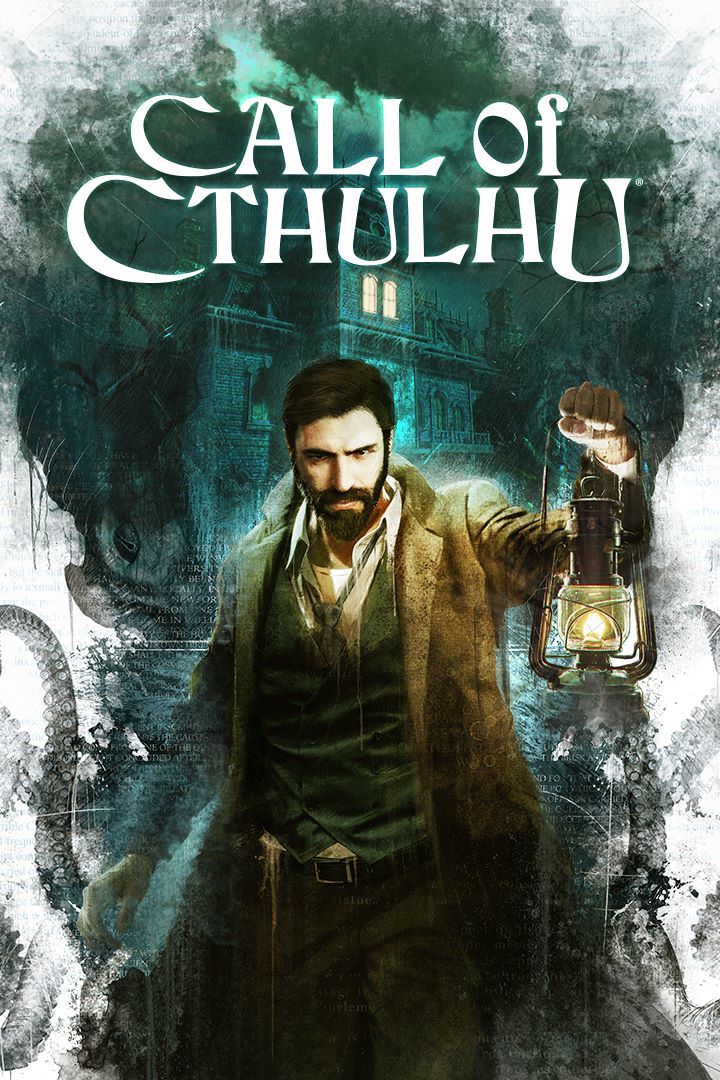
On paper, this 2018 offering from Cyanide & Focus Home Interactive plays out much like our first entry The Sinking City: brooding detective, mysteriously closed-off shore town, suspicious fisherfolk, and deranged cultists with a world-ending secret. If you’re wondering why it’s because Frogwares was actually developing Call of Cthulu before Cyanide took over from them.
At first glance, most differences between the two games seem cosmetic: both protagonists are from Boston, are war veterans, and are invited to solve a case in a strange place by strange people. Oakmont might as well be the successor of Darkmouth. But once you get into it, you realize that Call of Cthulu is far more investigation and role-play oriented and that is where the true appeal of this game lies. This semi-open-world game is more focused on how your choices affect your character’s in-game progression and abilities, with a rudimentary skill tree that allows you to specialize in one aspect of detective work and excel in it.
For instance, more strength makes Edward Pierce more intimidating, while advanced psychology allows him to decipher the meaning of a person’s behavior to a far more accurate degree. It allows you to choose your approach towards the mystery, whether it’s physical or cerebral and gives you a chance to further the story on your terms which is sealed with one of the better executions of dialogue-based RPGs that we have seen so far.
The fact that it is a survival horror game and not an action RPG adds an extra layer of existential dread, because all you can do is run from the monsters and the mutated cultists; the only time you actually grab a weapon is when the game reaches its finale, and not for the reasons you’re thinking of; or maybe yes, if the ritual sacrifice was your first thought.
But let’s be honest, the REAL reason you’re gonna play this game is that you wanna see The Great Dreamer in the flesh; and trust us when we say, Cyanide did not disappoint. So if you’ve ever wanted to be a part of Lovecraft’s most-recognized work to date, and we don’t quite get why you would be, 2018’s Call of Cthulu is your cup of lunacy-inducing tea.
Call of Cthulu: Dark Corners of the Earth (2005)
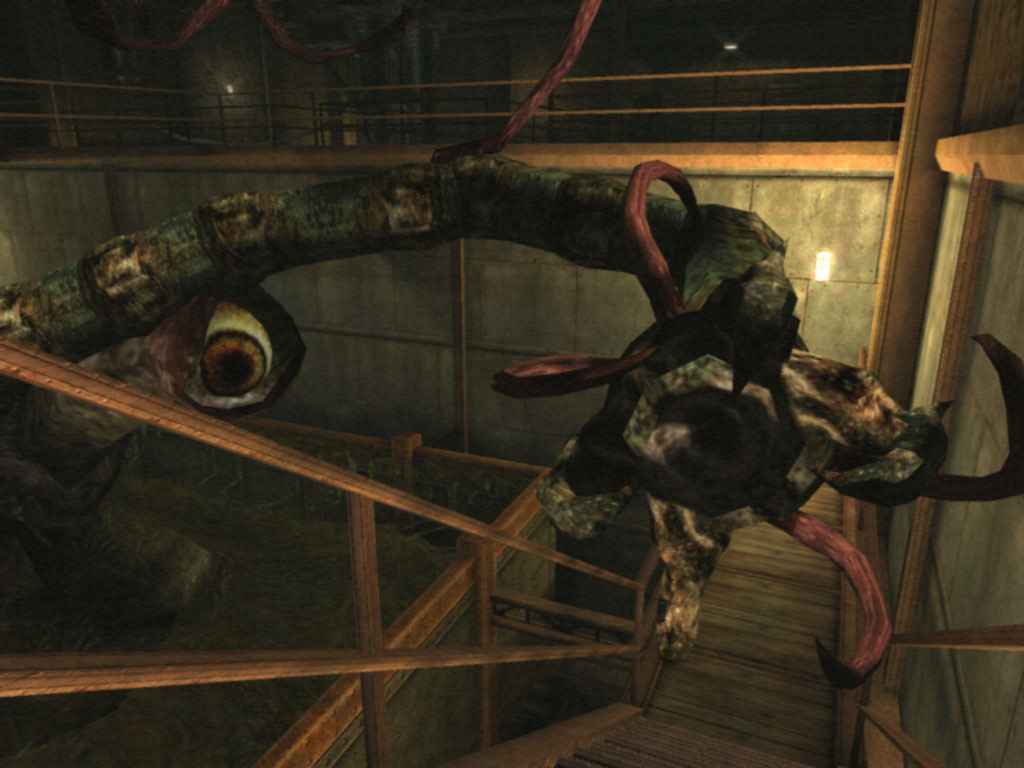
Fan anticipation was through the roof when Bethesda finally put this game out for the world to experience in 2005. Work on Call of Cthulu: Dark Corners of the Earth began in 1999 and for 6 excruciating years, gamers waited with bated breath expecting disappointment after various disheartening updates on its production status. So you can imagine their delight when it didn’t simply deliver on its expectations; it exceeded them far beyond what anyone could have anticipated.
Like most other “Lovecraft games”, this story too is about a vision-plagued detective turning up to conduct an investigation in a dreary & secretive town, trying to get to the bottom of the occult mystery brewing there. But that is about where the comparison ends because where other entries have focused mostly on detective work, Bethesda’s Call of Cthulu is a true blend of action-adventure, stealth, investigation, and FPS gameplay in a seamless if often disorienting experience that threatens to leave all your senses fatigued.
We’re not saying that for dramatic effect, either. There is no Heads-Up Display to keep you apprised of your situation and guide you through Innsmouth; all you have is an inventory screen and your senses, immersing you in the gameplay to a hyper-realistic extent that is both exhilarating and downright terrifying. Visual and audio cues are all you can rely upon if you want to gauge your health or ascertain threat levels and good luck if your sanity starts slipping; this game is committed to making you truly understand what being disoriented feels like and is not shy of making you pay for letting yourself succumb to madness.
Boss fights are rare in Lovecraft games because they inherently defy the logic of cosmicism, but it is so refreshing to actually shoot at one of his eldritch monstrosities for once that we can forgive this oversight. Because as far as we’re concerned, Call of Cthulu: Dark Corners of the Earth is the most faithful adaptation of Lovecraft’s work in any genre of entertainment.
A good chunk of the story plays out in lockstep with Lovecraft’s actual work which ends up putting you in the exact headspace the author would have wanted to, especially The Shadow over Innsmouth which serves as the game’s primary inspiration. If you want to feel the soul-crushing helplessness and terror that Lovecraft’s characters are subjected to, then this is definitely the game for you.
Sherlock Holmes: The Awakened (2007)
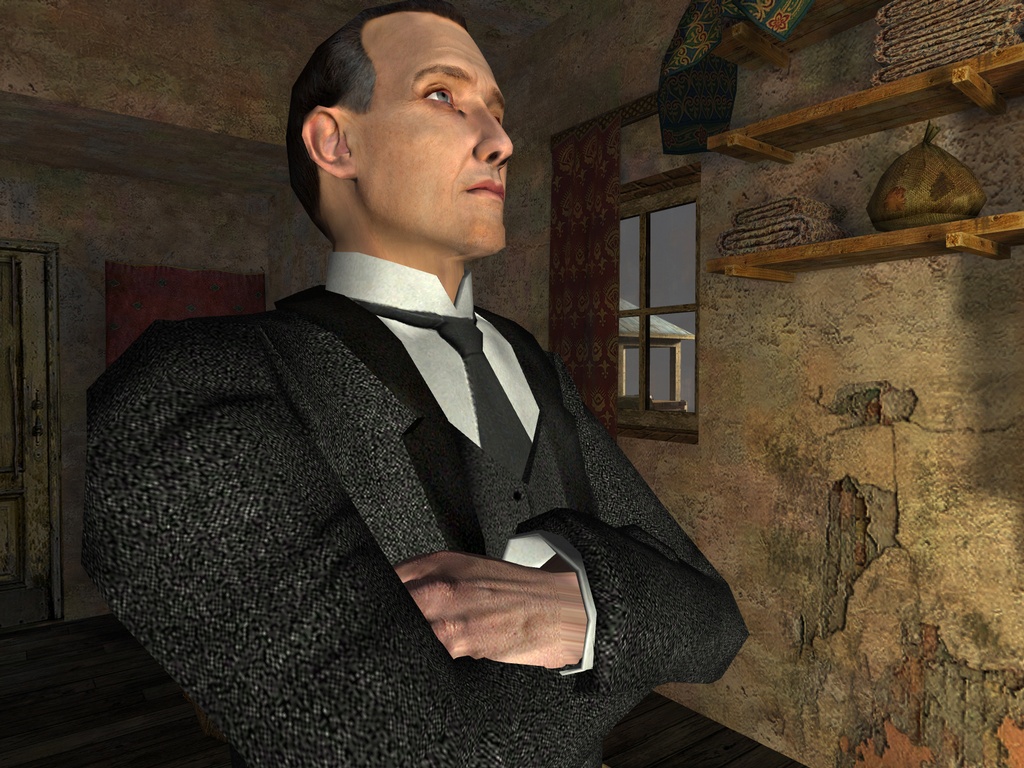
The literary crossover we never knew we needed comes to us courtesy of a video game developer. Sir Arthur Conan Doyle and H.P. Lovecraft’s works couldn’t be more different if they tried to make it so; Doyle’s Holmes is a methodical man who vehemently champions logic over belief, whereas Lovecraft is all shapeless entities and cosmic fear. Perhaps it’s that challenge of rationalizing the unquantifiable that produces such synergy between their works because this is hands-down the best Sherlock Holmes title that Frogwares has put out to date.
Like most great Sherlock Holmes stories, this one starts with him bored out of his mind, looking out of his window for something that can hold his interest. His intellect is rewarded when he learns that Captain Stenwick’s Maori manservant has suddenly disappeared, and delighted to find out that the act was a kidnapping. But nothing could have prepared Holmes for what his discoveries reveal, and now he’s in a race against time and must stop a global cult from bringing about a world-ending event- or entity.
Switching to a first-person perspective allows players to scrutinize their environments more accurately and spot things they would have otherwise missed in a pre-rendered background, but don’t think for a moment that this game is gonna be easy. After all, Holmes’ foremost obsession is solving puzzles, and The Awakened throws enough difficult ones at you to compel you to refer to IGN’s walkthrough guides on more than one occasion.
It forces you to channel your inner McGyver and includes all your least favorite puzzle forms: ticking doomsday clocks, cracking open safes, ludicrous pattern ciphers, and a particular Fallen Angel symbol that is also associated with the Deep Ones. 221B Baker Street and Scotland Yard’s labs are more than fun new locations to explore and are integral to cracking open some of the game’s most integral secrets. All these elements create one of the best detective game experiences that allow you to indulge your Sherlock Holmes fantasies while traversing through the non-Euclidian alleyways of the world of H.P. Lovecraft.
Conarium (2017)
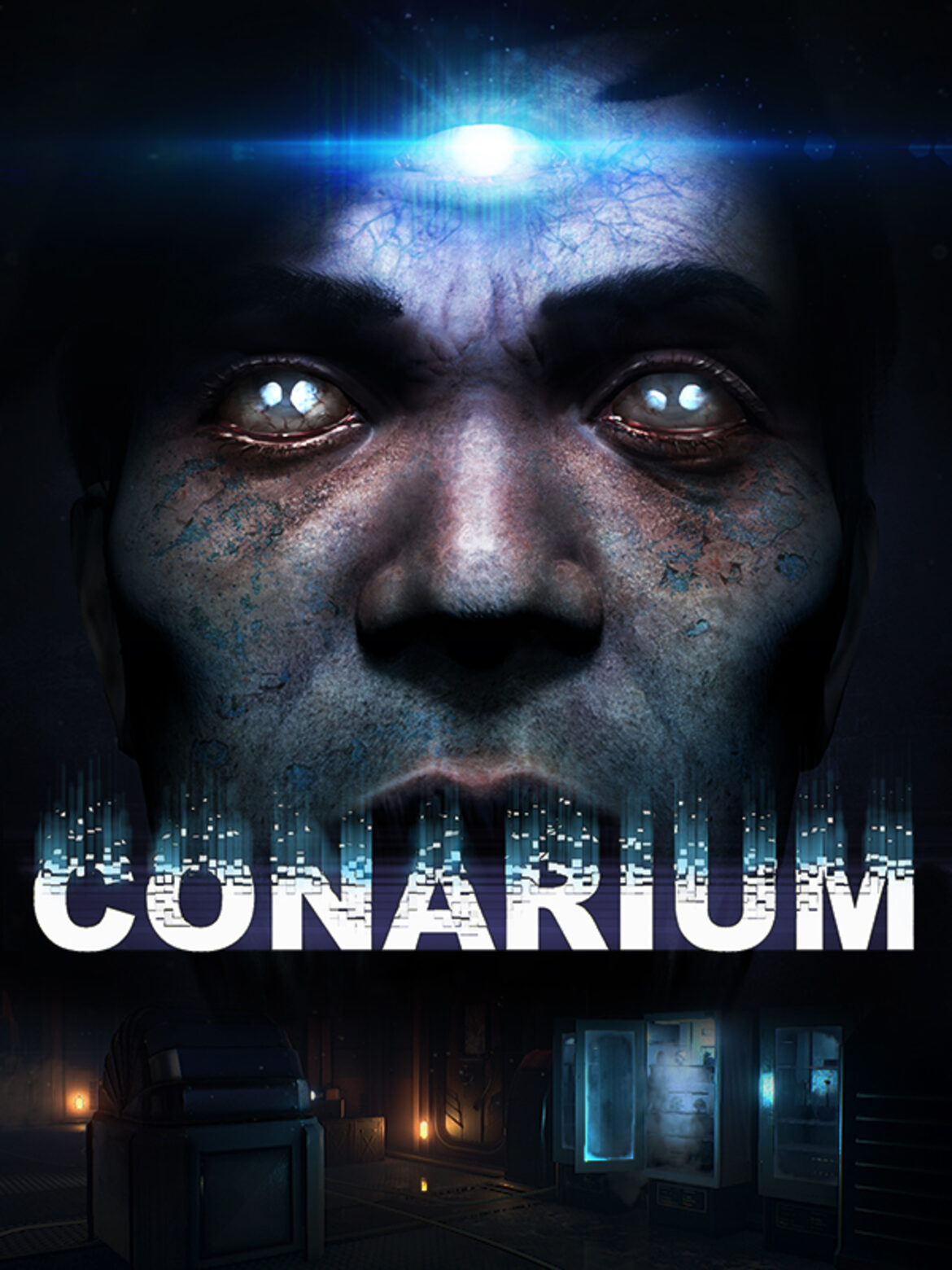
In terms of pure atmospheric tension, Conarium takes the cake as one of the best-visualized Lovecraft games of all time. You should know how most of these games go by now: a man wakes up with strange visions and/or no memory in an eerie place and has to solve puzzles till he reveals a reality-warping secret that leaves you mesmerized and terrified at the same time. In that regard, it isn’t very different from most Lovecraft games. What makes it so damn spooky are the vivid depictions of strange architecture, esoteric symbols, and decidedly alien glyphs that collectively scream at you, “You are not welcome here”.
You play as Frank Gilman, one of 4 scientists who sought to challenge what we normally consider to be the absolute limits of nature. Their goal was to transcend human consciousness with the use of a so-called Conarium device, which they believed lied buried deep within a lost city in Antarctica; the same one that William Dyer laid eyes on in Lovecraft’s iconic book At The Mountains of Madness, which serves as Conarium’s primary inspiration.
Frank wakes up alone at the Upuaut Facility confused, dazed, and riddled with hazy memories of something that happened to the four of them. He must investigate, read notes, and put together the puzzle of what transpired piece by piece so he can unravel the big picture, all the while peering behind his back trying to shake off the feeling of being watched by and connected to something, or worse…someone.
The sheer alien beauty of the world that Conarium is set in should be enough to pull you into the game and keep you there for hours. It is beautifully illustrated to the point where it’s hard to believe that this is essentially a puzzle-solving game. There are some delightful deep cuts and easter eggs scattered all across for eagle-eyed Lovecraft die-hards, and no matter which ending you get, the finish to the game is unsettling enough to make you question whether you’ve just played a game or woken up from a nightmarish fever dream.
Bloodborne (2015)
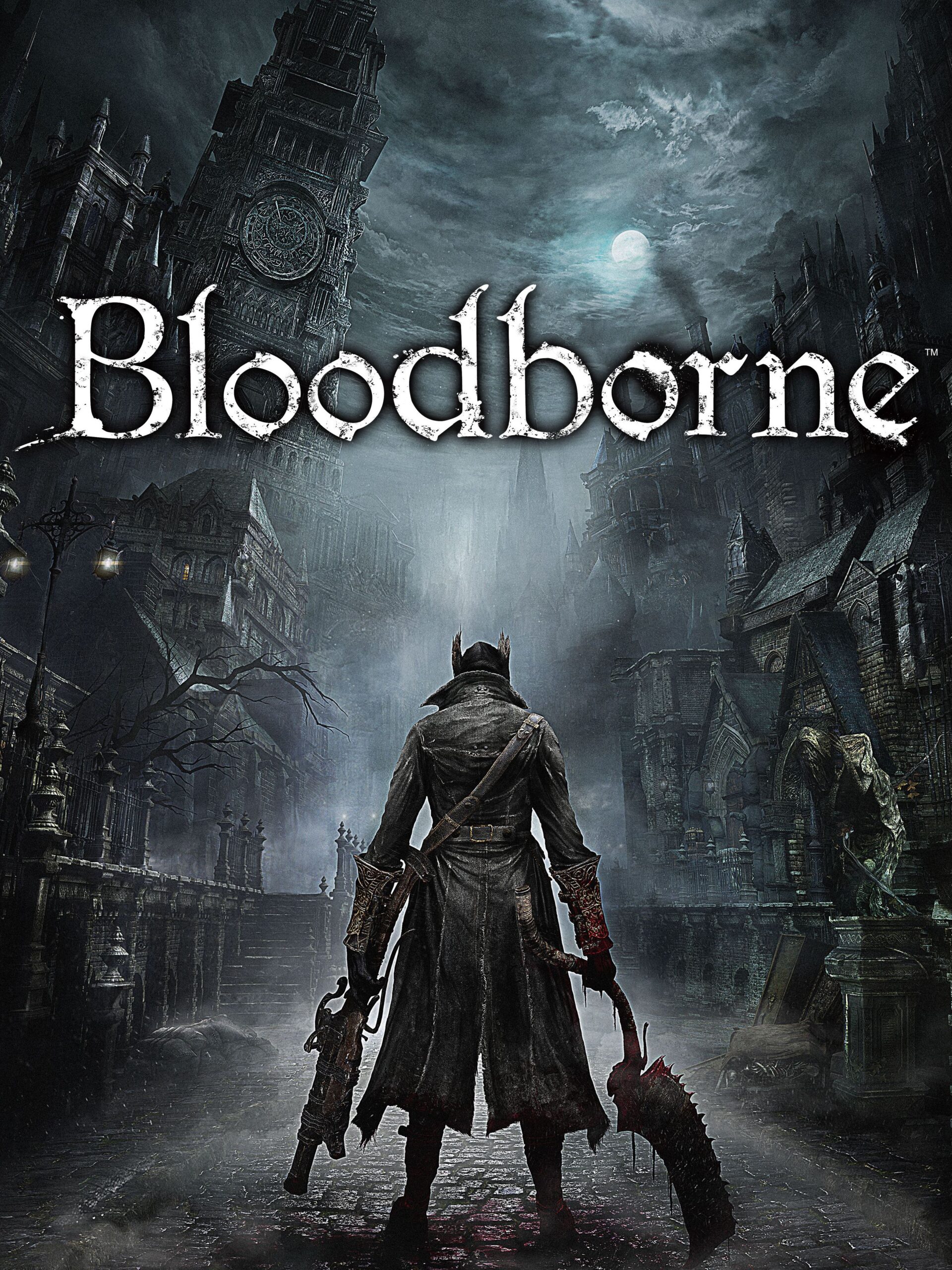
FromSoftware took a decidedly eldritch approach with this 2015 offspring of their industry-changing action-RPG franchise: Souls. Bloodborne retains all the facets of a great Souls game: a ridiculously well-connected map, detailed character interactions, meticulous lore-building, and of course, some of the toughest boss fights in video game history. That’s about all that’s carried over from that franchise though because the rest is pure Lovecraftian cosmicism with one of the most surreally apocalyptic game designs we’ve personally come across.
Yharnam is a city of miracles and secrets. Built upon the remnants of an ancient, highly advanced civilization, this decrepit Gothic city is much like the Kamar Taj, a place where people afflicted with the mysterious Paleblood affliction often seek it out in search of a cure. What they find instead is madness, or so the tales go. You control The Hunter; an unnamed enigma suffering from Paleblood who has arrived in Yharnam looking for the cure but is soon set upon by its deranged denizens: hoards of mutated, grotesque monstrosities in service of malevolent, primordial forces.
It’s upon you to solve the mystery of the city’s decaying conditions while figuring out how to keep your dreams from turning into a nightmarish reality. Bloodborne swaps out the magic and dragons of the Souls franchise for agile, close-quarters gameplay that forces you to strike quickly and clear away quicker. You can dual-wield a melee weapon and a gun to take down the demented creatures stalking Yharnam’s streets, and trust us; you’re gonna need ‘em.
FromSoftware is notorious for making boss fights as challenging as possible, and they decided to pluck Bloodborne’s bosses straight out of Lovecraft’s twisted imagination. Seriously; go check out a boss fight compilation video, some of these things are piss-your-pants terrifying and we’re not afraid to admit that. There are so many things that make Bloodborne such a great game that it deserves a video of its own; suffice it to say, it was at the top of every Game of the Year list in 2015 for a reason.
Moons of Madness (2019)
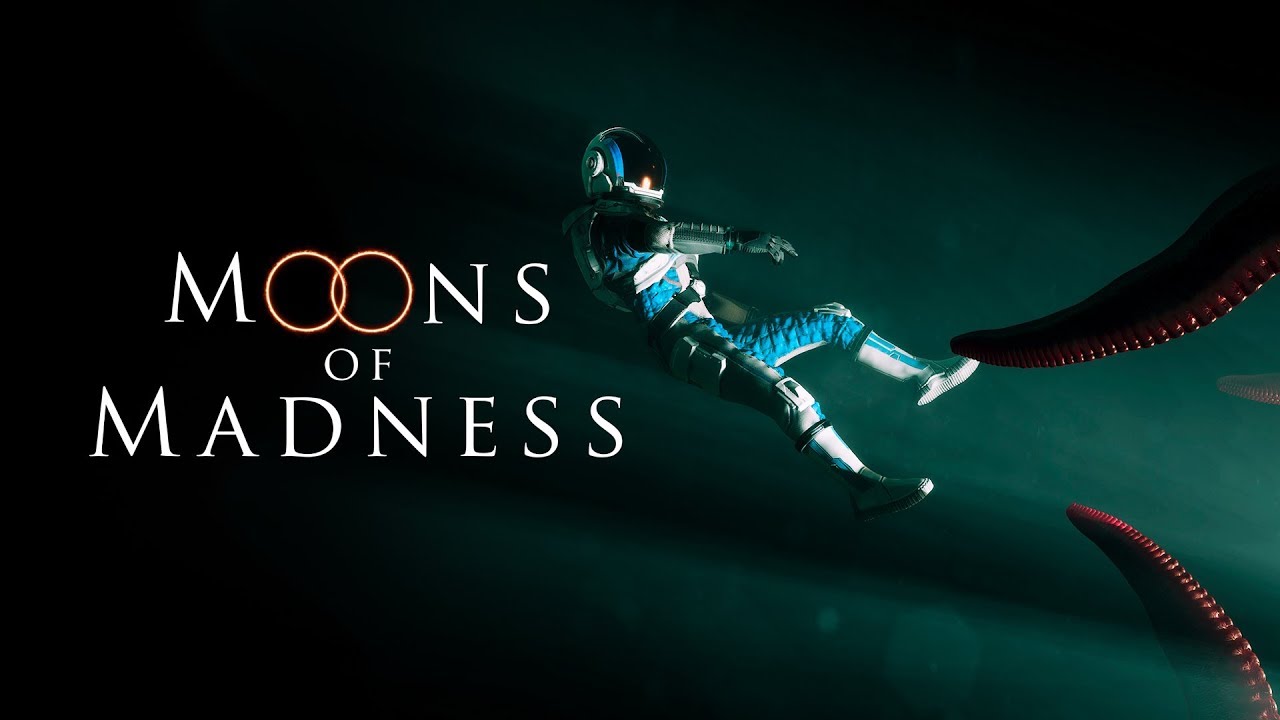
Rock Pocket Games took Lovecraft’s fascination with cosmicism literally in this Martian adventure that sees you traverse the seemingly lonesome landscape of an abandoned space station fighting off the Holy Trinity of Lovecraft games: tentacles, visions, and steady descent into madness. Our protagonist is Shane Newhart, an engineer for the space exploration company Orochi who is now stranded aboard his strangely infected space station and must figure out what happened to his crewmates; or whether they were his crewmates at all.
As far as visual and atmospheric immersion goes, Rock Pocket Games has nailed that aspect of gameplay on its head. Moons of Madness is a visual treat that is laced with environmental storytelling that isn’t tough to pick up on but is novel enough to immerse you further in the story. The puzzle-solving aspect has become a staple of Lovecraft-themed games and makes another appearance here, though it’s more of an accessory to the story.
And the story itself is a complicated tangle of different plot points that are introduced in an effort to throw Shane off survival mode and drive him closer to insanity. Spoilers ahead for the game, so watch out! At one point in the story, Shane comes across documents that dish out all of Orochi’s dirty laundry; including the fact that they were running cloning experiments on the crew, which throws Shane into an existential crisis.
Throughout the game, he is visited by a “witch” who is revealed to be his mother. She ends up becoming yet another tragic example of the kind of religious fanaticism that grips most of Lovecraft’s characters. No matter which path you end up taking, you should have already known that Shane is never going to make it out of this in one piece. Because no one makes it out “okay” in a Lovecraft story, and Moons of Madness serves as a visceral reminder of that.
Song of Horror (2020)
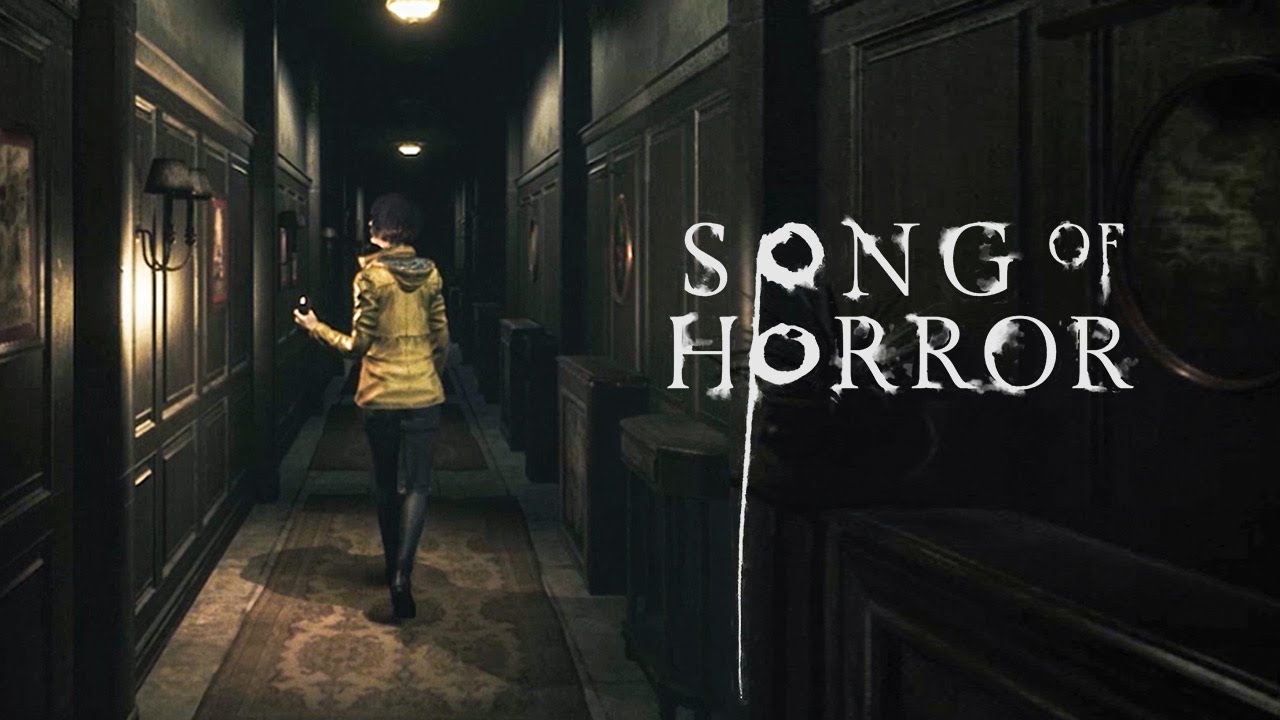
And we close out the list with a game that genuinely sent chills down our spines and has made us abhor the very idea of ever owning a music box in our lives. Also, spoiler alert once again, because we can’t gush about this game without going into some deets. Song of Horror is a 5-episode shriek-fest that is the closest thing to actual Lovecraftian terror for our money. You can play these puzzle-solving episodes with as many as 13 characters in between them, but every story has one focal point, and this siren song’s muse happens to be Daniel Noyer; a sales manager who is about to make the worst client call of his life.
When he arrived at Sebastian Husher’s doorstep, he expected laziness, excuses, heck maybe intimidation; he did not expect to be chased across a stranger’s house by a demonic entity that seems to respond to the call of a music box. The Presence, as it is called in-game, is the closest thing to an accurate Lovecraftian homage we’ve gotten in a horror game in a long while. It appears like a writhing mass of smoke and mirth, summoned by the sound of its sinister, insanity-inducing music box.
Once you’ve tipped it off to your presence, all you can do is hide and hope he doesn’t bash through the door you’re keeping propped up; character deaths stick in Song of Horror, so if you will end up losing a dead character permanently with Daniel being the obvious exception. Each episode pays homage to a popular horror game, ranging from Obscure to Amnesia: The Dark Descent, with the last episode being the only purely storyline-driven installment.
But that doesn’t mean that it passes up on the opportunity to scare you to death for a couple of crowd-popping Easter eggs. Frantic, unnerving, and yet fluid at the same time, the scares are perfectly-paced as you dance the fine line between normalcy and lunacy while just trying to stay alive. The ending has to be one of the most Lovecraft things to happen to a game’s protagonist and is the perfect, morbid cherry atop this cake of cosmic phantasmagoria.
